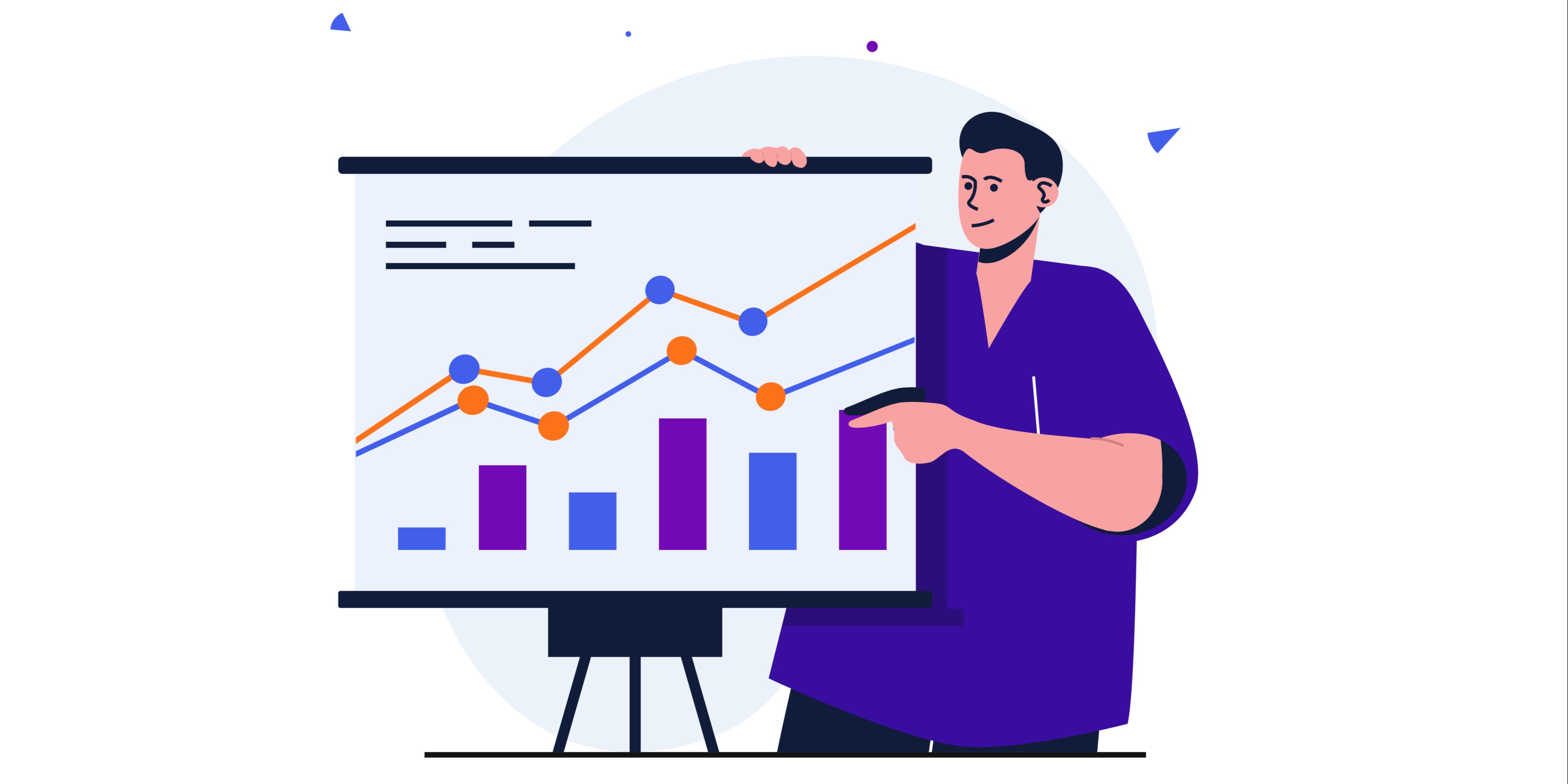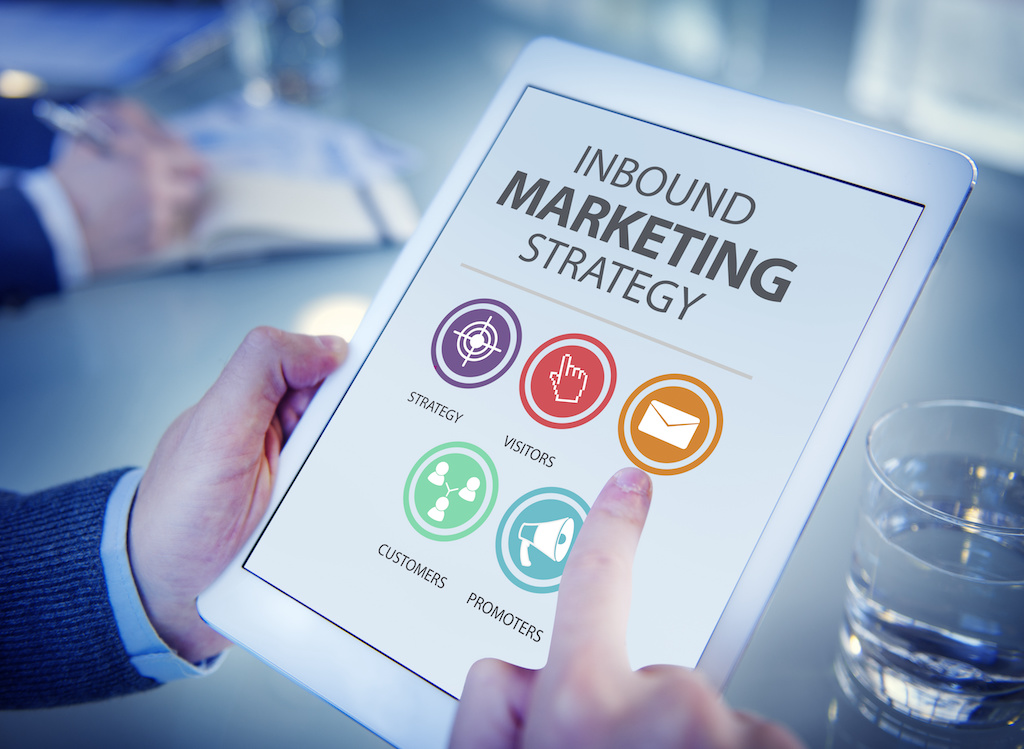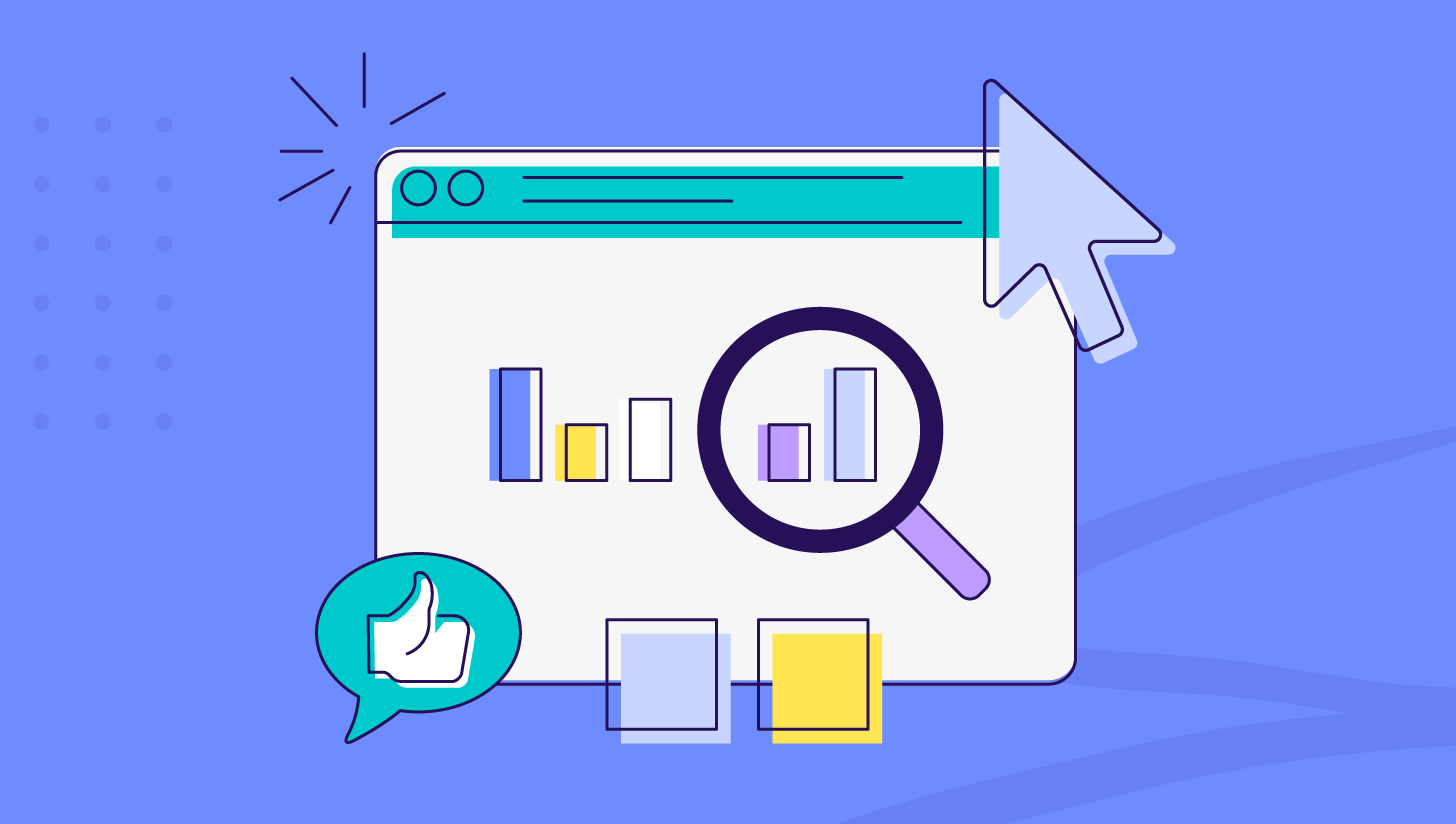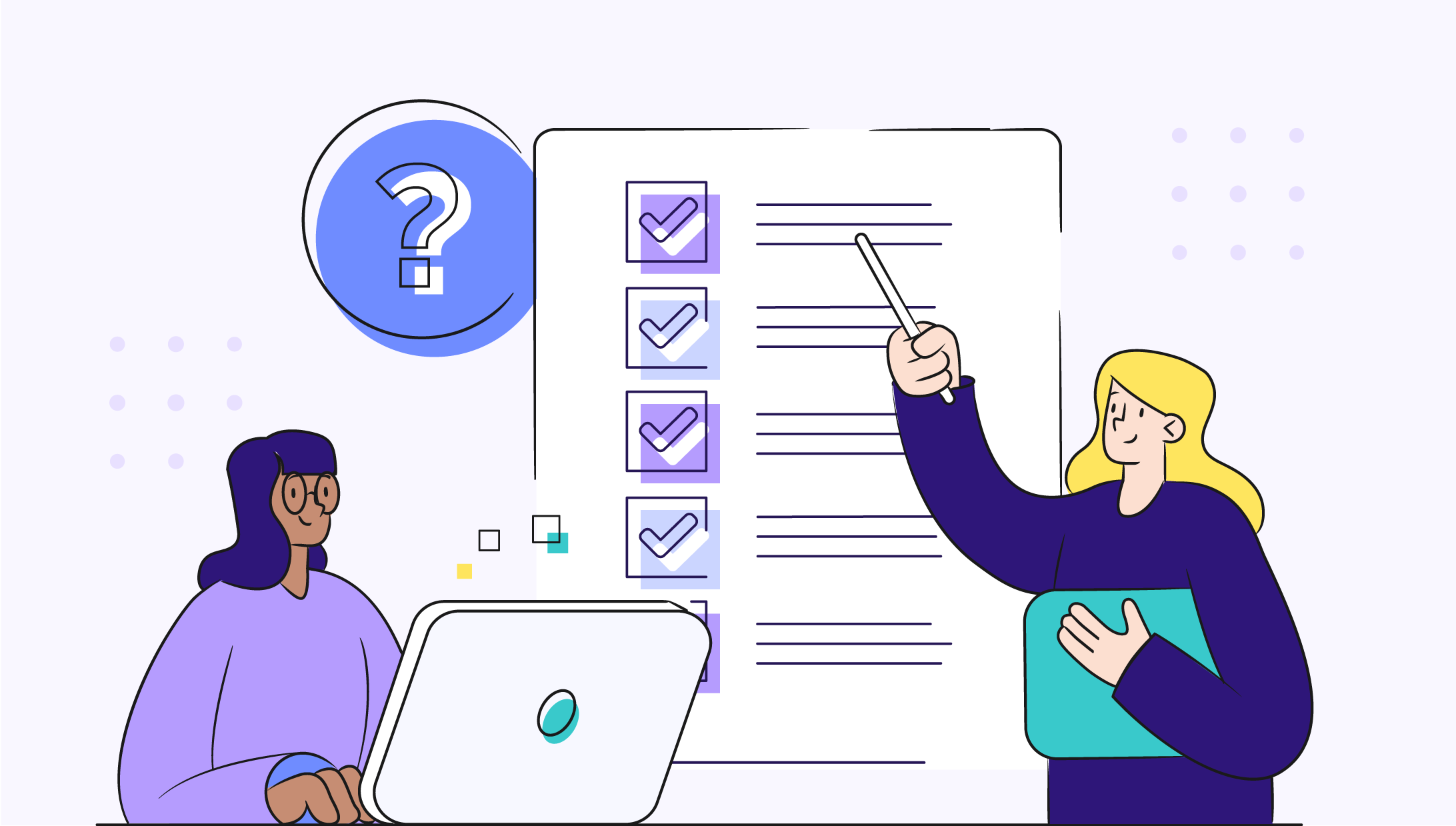



The healthcare industry is experiencing rapid digital transformation. Meanwhile, consumer expectations demand healthcare organizations to deliver seamless patient experiences across online and offline channels.
The latest healthcare tech trends will impact healthcare SaaS companies’ marketing strategies. For example, how does your solution help healthcare organizations meet patient expectations? Which features do you highlight to capture IT leaders’ attention? How do you align your unique value proposition with your audience’s top priorities and concerns?
Let’s explore the latest healthcare SaaS trends and how to align your messaging and tactics to stay relevant and drive conversions.
These healthcare SaaS trends will create significant shifts in the sector, impacting workflows, patient expectations, and regulatory compliance.
Telemedicine has reached 80% adoption and has become the preferred channel for prescription care and minor illnesses. Remote access to care requires increased digitalization of healthcare processes, fueling the healthcare SaaS trend toward seamless integrations of EHRs, EMRs, and patient portals.
The growth of 5G networks and edge computing accelerates telemedicine adoption, bringing reliable and timely care to more patients. High-speed, low-latency data transmission makes real-time applications like remote monitoring, AI diagnostics, and augmented reality in surgery possible.
Incorporate this healthcare tech trend into your SaaS marketing
Interoperability will be top-of-mind for decision-makers seeking to integrate telemedicine platforms with existing healthcare systems for seamless workflows and secure data exchange. You may use content like video demos and case studies to show how your solution integrates with other applications and enhances telemedicine efficiency.
SaaS solutions use open APIs to facilitate data collection and healthcare information exchange, improving collaboration among healthcare providers and advancing population health management. Ease of data access across care settings and among providers, payers, pharma, and vendors also helps uncover new data insights.
In particular, open APIs will become increasingly critical in AI integration in healthcare, generating insights to guide decisions and automate actions. As one CIO publication notes: “The need for interoperability through APIs will guide SaaS decisions, as IT leaders try to design systems that can scale and adapt.”
Incorporate this healthcare tech trend into your SaaS marketing
Adapt your messaging to underscore how your open APIs simplify integration and implementation, enabling seamless data exchange to help providers improve operational efficiency and patient outcomes. Moreover, healthcare decision-makers want to leverage data insights, so highlight how your solution integrates with advanced analytics software to support accurate decision-making.
The average cost of a healthcare data breach is $9.8 million in 2024. Cybersecurity and regulatory compliance (e.g., HIPAA) are top priorities for IT leaders in the industry. The increasing popularity of a multi-cloud approach supports innovation; however, the proliferation of SaaS solutions also introduces new healthcare data security issues.
Data security and regulatory compliance are broad topics with increasing high stakes. As IT leaders evaluate HIPAA-compliant SaaS solutions, they seek advice from compliance officers, legal teams, and IT security specialists in the decision-making process to address healthcare data security concerns.
Incorporate this healthcare tech trend into your SaaS marketing
Craft buyer personas for decision-makers involved in the healthcare data security conversation to understand their challenges. Produce in-depth compliance-focused content (e.g., whitepaper and webinars) to share valuable information and show how your solution protects sensitive data and simplifies compliance. Also, include prompt customer communication in your incident response plan to maintain trust and minimize churn.
AI-driven technologies like machine learning and predictive analytics collect information, recognize patterns, provide data-driven insights, and enhance process automation. More healthcare IT leaders invest in integrating these capabilities into their tech stacks to improve operational efficiency, reduce costs, and enhance care delivery.
Meanwhile, AI technologies in everyday life have changed patient expectations. For example, AI-powered chatbots and speech recognition technologies can help improve customer service, deliver timely patient communications, and personalize treatment plans without straining resources or increasing costs.
Incorporate this healthcare tech trend into your SaaS marketing
While many decision-makers understand the need to incorporate AI, most are not technical experts. Publish educational resources to help non-technical stakeholders understand AI terms and concepts. Articulate how AI technologies in your solution deliver tangible benefits and leverage role-based use cases, videos, and interactive demos to show how the features work in real-world situations.
Consumerism in the healthcare industry has changed patient expectations. People expect seamless, personalized, and technology-driven experiences that mirror interactions with popular brands. Nearly 80% of patients switched providers because of poor experiences, such as difficulties in doing business and inadequate digital solutions.
For example, patients expect to be able to communicate with their providers or get assistance through multiple channels 24/7. Healthcare organizations must implement centralized data management and integrate various platforms (e.g., EHR and patient communication) to deliver a seamless omnichannel patient experience.
Incorporate this healthcare tech trend into your SaaS marketing
Demonstrate how your solution integrates with other patient-facing platforms to build an ecosystem that supports a modern patient experience. If your solution includes patient communication features, highlight tools like automated reminders, telehealth integration, secure messaging, and patient portals and how they help healthcare organizations streamline workflows and deliver personalized services to meet patient expectations.
Vertical SaaS — solutions tailored to particular industries or niches — is changing how software companies design and market their products. These offerings focus on solving challenges and supporting workflows in specific sectors, and the specialization requires a nuanced strategy to connect with the target audience.
This SaaS trend means healthcare tech buyers want solution providers to offer industry-specific intelligence and capabilities to help them do their jobs better. They also expect vendors to become close allies, supporting them to adapt to industry changes and emerging challenges with new strategies and features.
Incorporate this healthcare tech trend into your SaaS marketing
Develop healthcare-specific value propositions and use industry examples to show how your solution addresses unique challenges. Position your brand as a trusted partner to your audience by incorporating healthcare-focused topics like new technologies, industry trends, and regulatory compliance into your content marketing strategy. Publish thought leadership content and white papers to build credibility.
Understanding the latest healthcare SaaS trends helps you create marketing communications that are relevant and appealing to your target audience.
An experienced healthcare SaaS marketing agency can help you highlight how your solution supports telemedicine, strengthens data security, improves patient experience, facilitates data sharing, or creates efficient workflows to address IT concerns that are top of mind for healthcare leaders and CIOs.
Ready to freshen up your messaging to augment your marketing strategy? Schedule a time to chat with us to see how we can help.


Rebecca Graves co-founded Spot On in 2012. As a partner and leader of client services, she takes immense pride in being in charge of “client happiness.” The role allows her to wield her problem-solving skills while fostering big-picture perspectives and team building. Rebecca’s more than 35 years of experience have equipped her to translate strategic planning expertise for the advancement of tech companies transforming the healthcare, financial, and legal industries.
Get the latest and greatest posts sent straight to your inbox.


